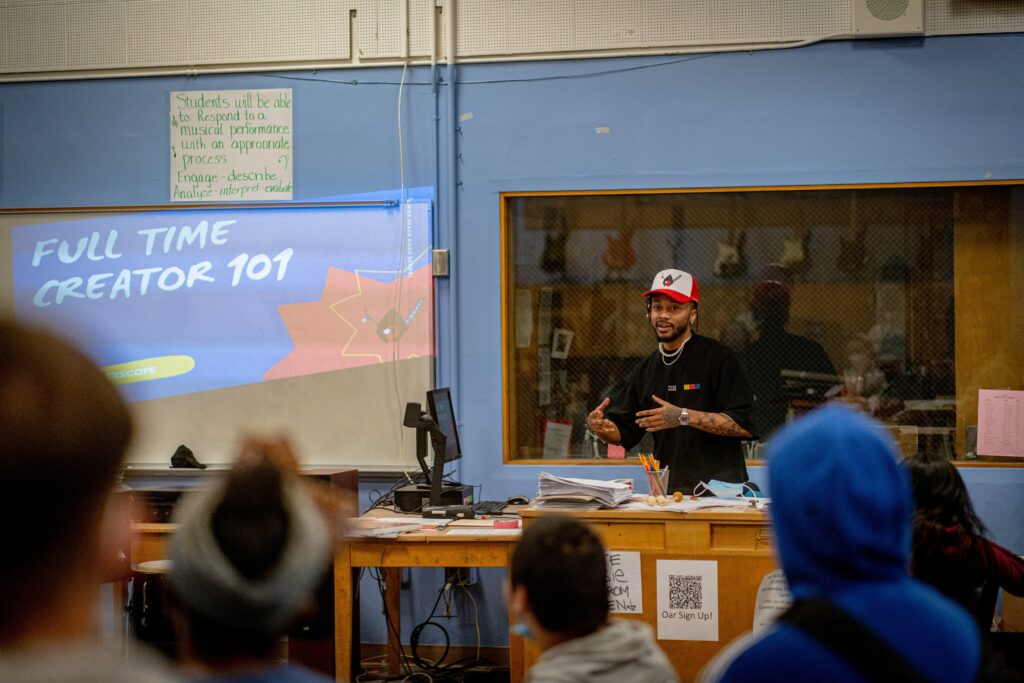This week, we were fortunate to have Rich McCue as guest speaker and he shared a presentation on Multimedia Learning Theory and Screencasting. We discussed how important it is for teachers to take advantage of both text and visuals in the classroom, and explored different ways we could incorporate educational videos into our teaching practices. In our learning pods, we specifically examined the pros and cons of using educational videos in our lesson planning and I found our discussion to be very informative with great takeaways. Our group highlighted how videos provide students with the agency to consume information at their own pace and on their own terms. If a student is struggling and doesn’t understand a concept, they can pause and rewatch the video, which ultimately allows students to be in control of their learning. On the flip side, it is important for teachers to be mindful when incorporating videos as we discussed how technology could pose issues in the classroom. For example, Rich explained how videos that incorporate visual, text, and audio elements can be too stimulating and distracting to students, and it is important to find a balance between the modes to better compliment learning.
Rich also focused on exploring the use of H5P as a valuable educational tool and gave us the opportunity to practice using the plugin during our class. The original assignment was to create a video that incorporates a HP5 element, and while our class experienced technical difficulties that prevented this from happening, I found it very cool to research the different ways HP5 could be utilized in my classroom. Referencing HP5.org, H5P allows the user to create interactive content and include a wide variety of interactive elements to make content more engaging and valuable. I found the HP5 plugin to be a very beneficial tool for the classroom and as a social studies teacher, I can see myself incorporating many of the functions into my lesson planning. For example, I would love to use the Agamotto function, which allows the user to compare and explore a sequence of images interactively, in exercises that require students to analyze maps and compare how the borders of countries have shifted historically.

Leave a Reply
You must be logged in to post a comment.